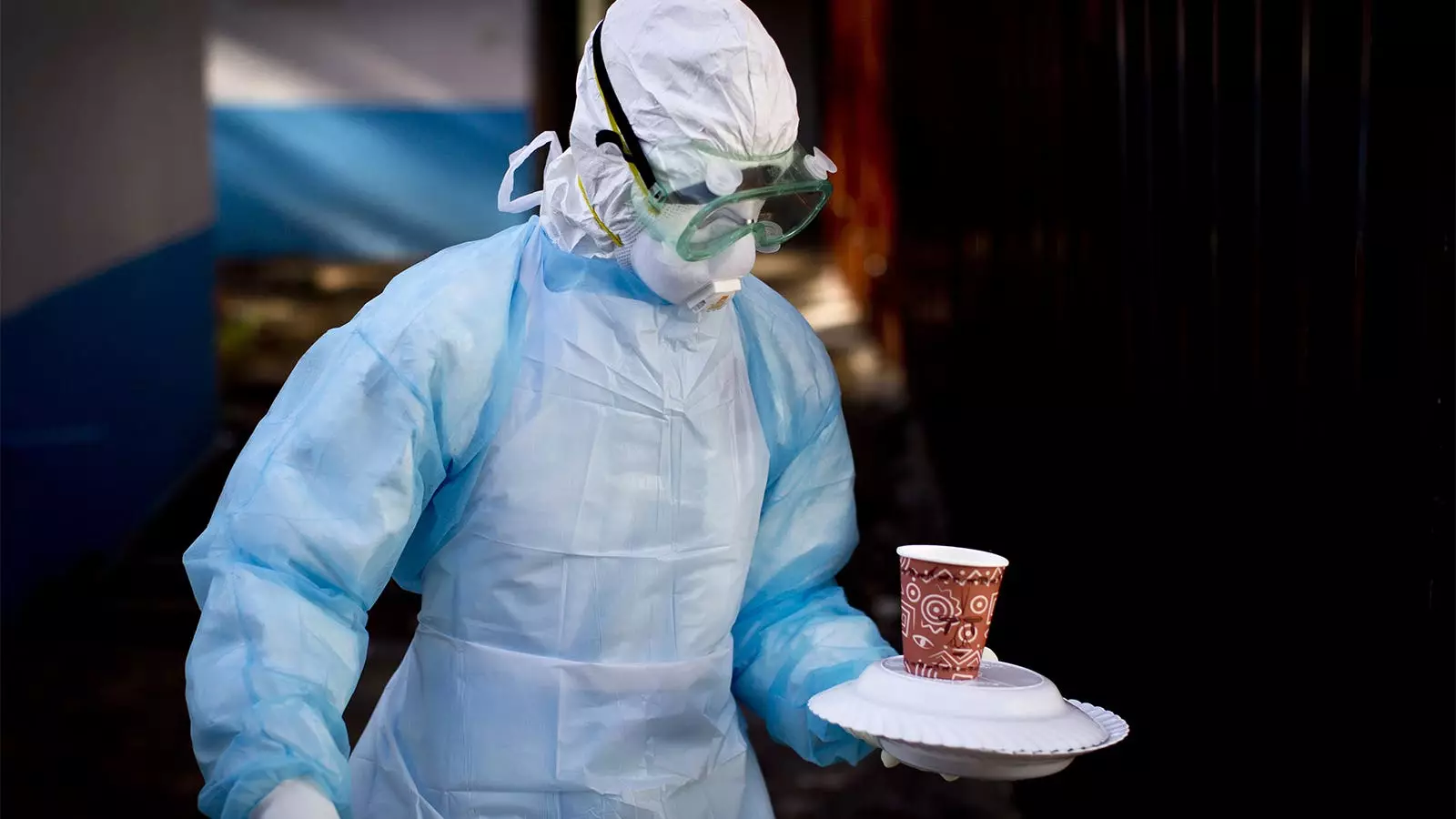Rwanda has declared an outbreak of the Marburg virus, a highly contagious and potentially fatal illness akin to Ebola. As of recent reports, eight individuals have succumbed to the virus, which has claimed lives within days of the outbreak announcement. The government’s Health Minister, Sabin Nsanzimana, has provided an alarming update, confirming that 26 cases have been identified, leading to heightened fears and urgent calls for public action. This grim situation underscores the rising challenges faced by Rwanda’s healthcare system and the broader implications for public health in the region.
The Marburg virus, similar to Ebola in its transmission and severity, has its origin traceable to fruit bats. It spreads among humans through close contact with bodily fluids and contaminated surfaces, which makes it critical for communities to adhere to strict hygiene protocols. Without effective management, Marburg can have a staggering fatality rate of up to 88%, making it one of the deadliest pathogens known. Symptoms typically manifest between three days to three weeks post-exposure, complicating containment efforts even further. Fever, muscle pain, diarrhea, and extreme vomiting characterize the illness, often culminating in severe hemorrhaging. Given the rapid onset and lethality of this virus, the situation demands swift and decisive actions both from health authorities and the public.
In response to this crisis, the Rwandan government has urged the populace to minimize physical contact, a directive particularly crucial in a nation where communal interaction is a cultural cornerstone. Contact tracing initiatives are ongoing, with officials identifying around 300 individuals who might have been in contact with confirmed cases. Many of these contacts have been placed under medical observation in isolated facilities to prevent further transmission. The government appears intent on leveraging rigorous surveillance and immediate response mechanisms to manage this outbreak effectively.
Moreover, both the Centers for Disease Control and Prevention (CDC) and the World Health Organization (WHO) have stepped in to support Rwanda’s efforts to contain the virus. The CDC has dispatched experts to assist with contact tracing, laboratory testing, and other critical areas of intervention. This collaborative approach reflects a recognition of the interconnectedness of global health and the necessity of shared knowledge and resources in fighting disease outbreaks.
The Marburg virus is not merely a concern for Rwanda; its outbreaks have historically occurred in multiple African countries, including Tanzania, Uganda, and Angola. Its first identification dates back to 1967 when outbreaks surfaced simultaneously in laboratories in Marburg, Germany, and Belgrade, Serbia, where researchers had been working with monkeys. The experience with previous outbreaks underlines the importance of swift responses and international cooperation in addressing evolving health threats.
As Rwanda grapples with the Marburg outbreak, it also faces challenges related to other infectious diseases, such as mpox—formerly known as monkeypox—adding another layer of complexity to its public health landscape. Reports indicate that Rwanda has already recorded cases of mpox, emphasizing the need for a comprehensive strategy that addresses multiple health threats concurrently.
Looking forward, it is essential that Rwanda continues to bolster its healthcare infrastructure and preparedness in facing the Marburg virus and other potential outbreaks. Continued emphasis on community education regarding hygiene practices, early symptoms, and contact tracing will be vital. Additionally, the collaboration between local health authorities and international bodies like the CDC and WHO must be strengthened to ensure that technical assistance and resources are available when crises like this emerge.
The Marburg virus outbreak in Rwanda serves as a flashpoint for the potential dangers of infectious diseases and the significant need for robust public health strategies. Cooperation at all levels—national, regional, and global—will be essential in curbing this outbreak, safeguarding public health, and ensuring that similar threats can be effectively managed in the future. As the situation evolves, sustained vigilance and proactive health measures will be crucial in mitigating the impact of the Marburg virus on the Rwandan population.

Leave a Reply